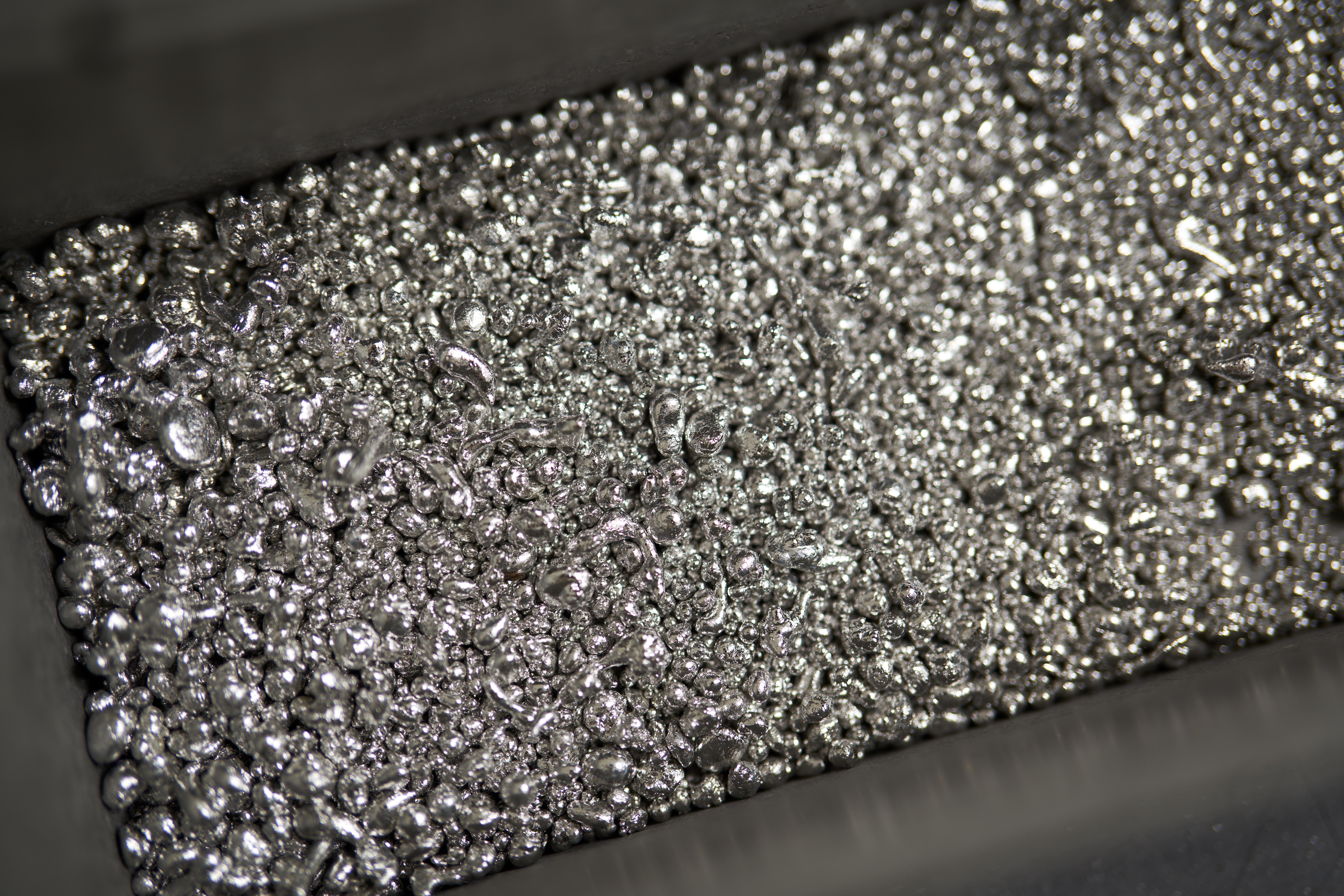There are a limited number of places on Earth where PGMs occur in mineable quantities. Primary PGM supplies will remain reliant on these known extensive deposits, most notably in southern Africa. Fortunately, they are extensive and can meet our needs for a long time to come.
PGM deposits are considered either mineral ‘reserves’ or ‘resources’.
-
A mineral reserve is an ore body that can be realistically and economically mined. Mining companies typically plan to have access to several years of ore supply within a mineral reserve.
-
A mineral ‘resource’ is an ore body with reasonable and realistic prospects for eventual extraction. Mining companies might aim to have a further ten years of ore in this category.
The mineral deposit must meet rigorous international standards to be reported as a mineral reserve or resource. There are known deposits that are substantial and extensive beyond what has already been evaluated, which could sustain PGM mining for many decades.
The Bushveld Complex
The Bushveld Complex in South Africa is the largest deposit of PGMs in the world. There are two main PGM-rich layers here, the Merensky Reef and the UG2 Reef. There are enough PGM deposits in the Bushveld complex to last for many decades using current mining techniques, and geological evidence shows these deposits continue far beyond the reserves and resources already reported. Taking just platinum, for each 1km depth in this area, there are 350 million ounces of platinum deposits; compared to its current annual production of around 6 million ounces.

Other significant deposits
Although the Merensky and UG2 Reefs are the largest, there are significant PGM deposits in other areas:
- The Platreef, a northern outcrop of the Bushveld Complex in South Africa, is currently being mined by the open-cast or open-pit method. Recent indications have shown significant quantities of PGM deposits extending to at least a depth of 2km, but these would require suitable underground mining methods to be developed.
- The Great Dyke is a large PGM deposit mined in Zimbabwe and is similar to the Merensky Reef. It has a much smaller area of intrusion.
- The Stillwater Complex in Montana, USA, is much smaller than the Bushveld Complex or Great Dyke and contains PGM at a significantly higher concentration within the ore. However, the distribution of PGM-containing zones is unevenly concentrated and steeply dipping, which reduces the amount that can be extracted.
- The Norilisk-Talnakh nickel-copper deposits in Northern Siberia contain significant amount of nickel by-product PGM. Combined reserves and resources exceed 500 million ounces of PGM.

